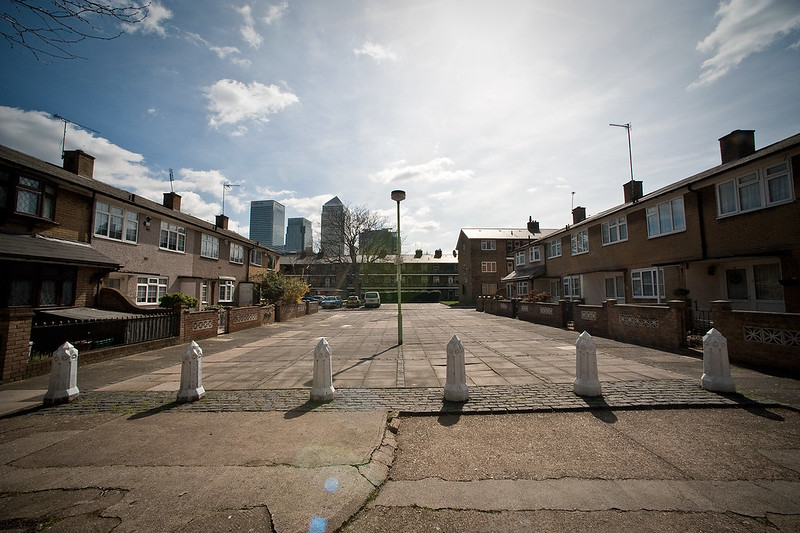In 2018, across England and Wales, there was a 26% increase in knife crime: there were 36,998 offences with a knife or sharp instrument recorded.
Since the early 2000s, the “growing problem” of urban violence has featured regularly in the news media; much of it reported under the banner of gun and knife crime, postcode wars or gang-related street crime.
Government-led responses to gun and knife violence over the past ten years have focused on law enforcement and gang policing. A special report, Ending Gang and Youth Violence (EGYV) was launched in November 2011. This £10m programme contained proposals to tackle the causes of gang and youth violence, as well as tough enforcement measures targeting violent criminals.
By the end of 2015, EGYV was supposed to “have turned around the lives of 120,000 of the most troubled families, reducing their involvement in violent crime and disorder”. The government hoped to see “a reduction in the number of youth fatalities and serious injuries caused by gang or youth violence”.
But in 2015, the Home Affairs Select Committee reported that that the Home Office had failed to properly evaluate the effectiveness or value for money of the project. Later initiatives appeared to pull funding from the programme while placing more emphasis on law enforcement and drug offences and even less on measures for early intervention and prevention.
Life on the road
The government made the fatal error of assuming that all violence and crime among young people in cities is caused by gangs. But the evidence for the existence and problem of violent street gangs in Britain is extremely thin, and much of the data that does exist is distorted, London-centric, and contrived from unverified police intelligence sources and the opinions of a small group of justice professionals and senior police officers.
 Pekin Close, Poplar, London
Pekin Close, Poplar, London
For my book, Race, Gangs and Youth Violence, I drew on young people’s own experiences of violence and its impact on their lives. Mostly, they felt that the gang problem was a media invention; it didn’t speak about the realities of their daily lives.
Really when I talk about being in a gang, mostly I’m just talking about me and my boys on the estate … chillin’ and doing whatever. – Marlon, aged 16.
The young people I spoke to believed the causes of youth violence included bad parenting, lack of youth centres, poverty, the media and status. Peer pressure was discussed a lot:
Yeah cos its like, all this badness and robbery ting that they’re on, I think it’s because like the young ones they’re looking to the elders isn’t it, like and they see what the elders do. – Santi, aged 17.
They also talked about the need to have “back up”, and the protection that comes from “moving” in a big group of friends. To them, “road life” (the young people’s experiences in their neighbourhoods and other public spaces) represented a place of constant risk and danger. Young men in particular had to be vigilant against the constant threat of violence and robbery.
A health risk
Since 2010, front line public services have experienced £18 billion worth of spending cuts. Youth services, social care, early intervention, and housing services have been particularly affected.
The policy of austerity has had an especially large impact on those young people most affected by knife and gun violence. They no longer have access to the Educational Maintenance Allowance, Connexions Careers Service or housing benefits, and youth support services have been decimated. Those fortunate enough to get into university have seen tuition fees tripled, while maintenance grants for students from poorer backgrounds have been scrapped.
The teenage years are associated with risky and problematic behaviours for everyone. But these behaviours are aggravated by poverty, inequality, school exclusions, mental illness and chaotic family circumstances. Rather than thinking of violence among young people solely as a crime problem, it should be considered a health risk, alongside drug use, smoking, drinking and unprotected sex.
Then it becomes clear: the way to respond to stabbing deaths among young people is to improve their life chances and opportunities, by investing in education, health and welfare services for all.
This article is republished from The Conversation under a Creative Commons license. Read the original article.




Rate and Review
Rate this article
Review this article
Log into OpenLearn to leave reviews and join in the conversation.
Article reviews